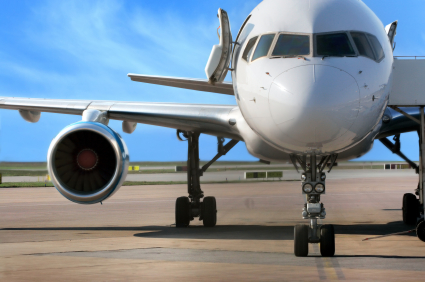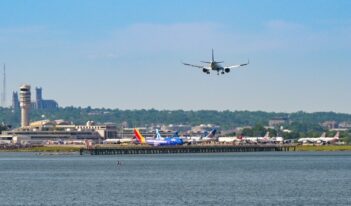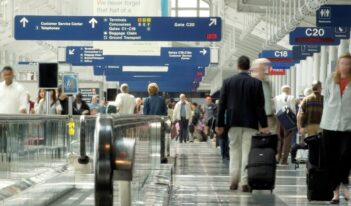
Some cockpit displays may fail because of Wi-Fi interference.
“At this time, please turn off all electronic devices.”
Those nine words, now a familiar trope, greet passengers at the outset of every commercial flight.
With technology developing at a breakneck pace, Americans increasingly demand in-flight conveniences like Wi-Fi. But, some technology may come at a serious cost.
The Federal Aviation Administration (FAA) has alleged that certain cockpit display units installed on 157 Boeing 737 and 777 aircraft do not meet minimum safety standards for resistance to Wi-Fi interference.
These instrument display units provide pilots with navigational tools and critical flight information, such as airspeed, altitude, and pitch and roll altitude. FAA testing allegedly revealed that the displays could flicker or blank for as long as six minutes at takeoff or landing, potentially resulting in loss of control too close to the ground for the flight crew to recover.
The FAA proposed an Airworthiness Directive that would require airlines to install new display units on more than a hundred 737 airplanes and nearly twenty 777 planes, costing an estimated $1.6 million.
The proposed directive allows airlines sixty months from its effective date to install new display software and replace defective display units. The updated displays are designed to withstand Wi-Fi interference at higher radiated power levels.
The proposal also allows airlines to request an alternative method of compliance, without specifying what those methods may include.
According to Reuters, Honeywell, the company that manufactured the display unites, has asked the FAA to explain the proposed directive, citing earlier indications that replacing the display units would be optional. Tim Mahoney, Chief Executive of Honeywell Aerospace, stated that display failure has occurred only once—and then only during testing on a grounded airplane.
Aviation Week reports that the FAA discovered the issue while testing a Boeing 737 for Wi-Fi certification. A Honeywell spokesman reiterated that no displays had failed in flight, adding that Honeywell coordinated with Boeing in 2012 to address any hardware concerns.
The FAA’s proposed Airworthiness Directive is open for public comment until November 8, 2013.
Just days after the agency proposed its display unit Airworthiness Directive, an FAA advisory panel recommended reducing restrictions on the use of electronic devices in flight. Specifically, the panel recommends allowing the use of personal electronic devices, even below 10,000 feet or on the ground, for reading, listening to music, or playing videos. The panel would maintain restrictions, however, on text messaging, checking email, and web browsing until a safe altitude is reached and an aircraft’s Wi-Fi network is activated.
The panel’s recommendations are not without critics. Flight attendants and other safety advocates warn that turbulence or jostling at takeoff and landing may convert otherwise harmless devices into dangerous projectiles. Pilots have also reported many cases of instrument failure allegedly due to the use of Wi-Fi enabled devices.
The FAA’s current rule does not ban the use of devices, but requires airlines to prove that they do not present a flight risk. Because of the massive expense and liability associated with such a task, airlines have opted to prohibit the use of electronic devices at takeoff and landing.



